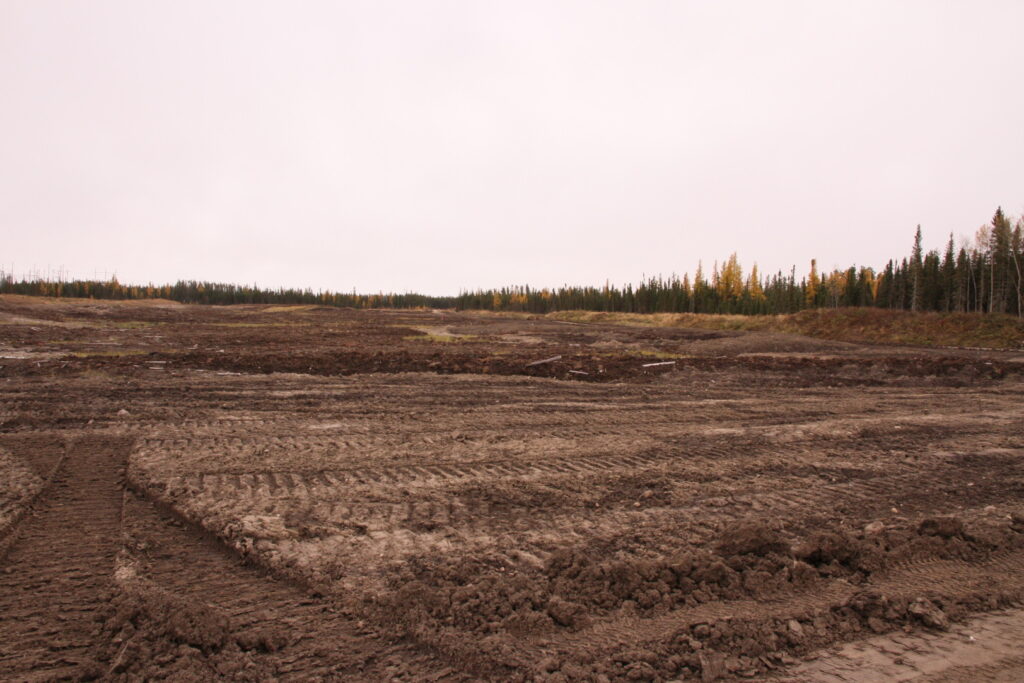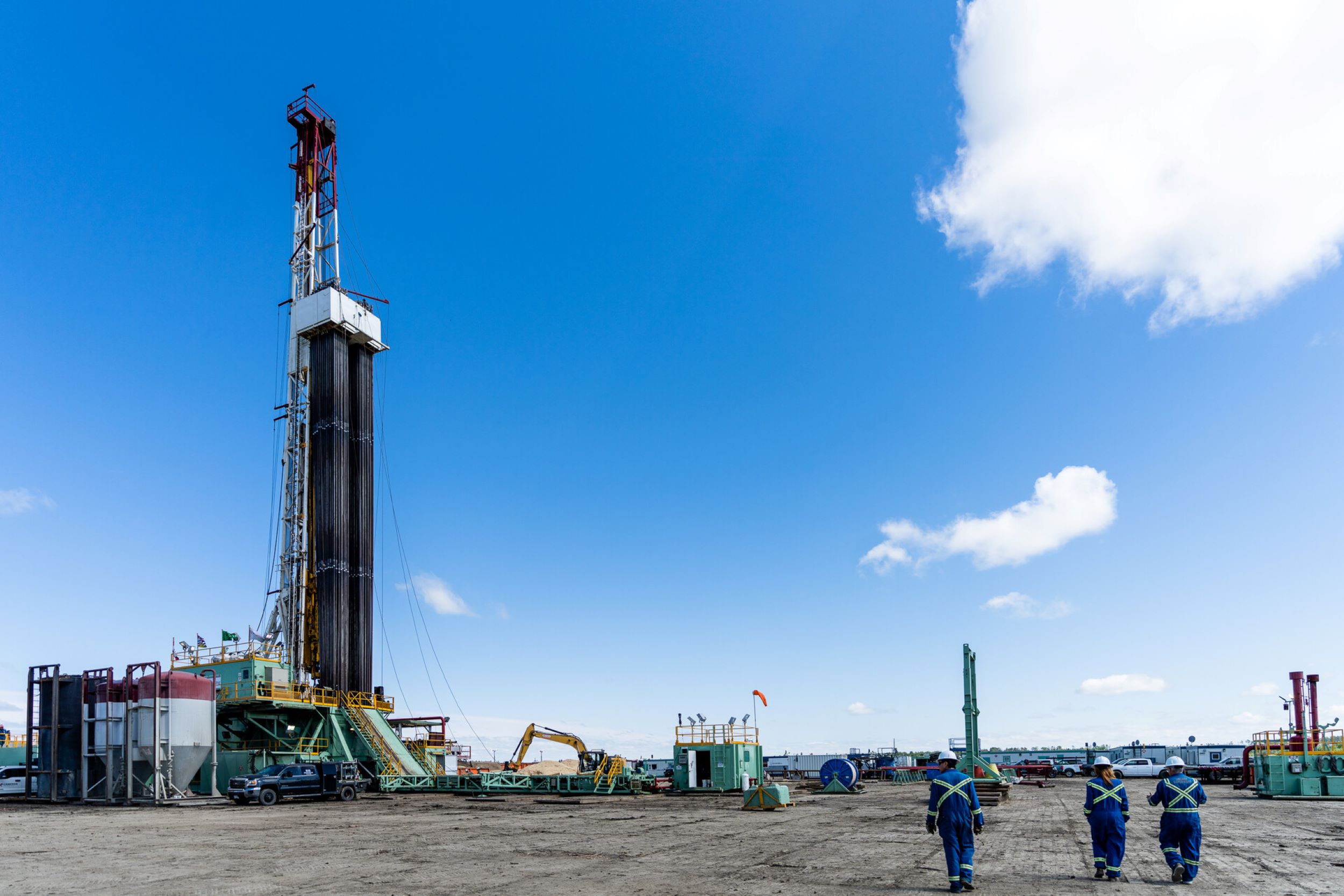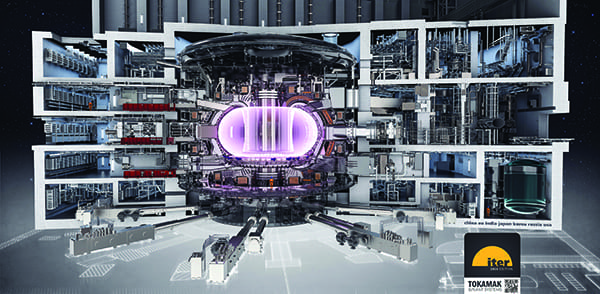So there's no benefit for the US to have another supply of crude oil?Ok. I suspect China owns a great deal of many things.If you are talking about the open pit mining of the tar sands, I wouldn't expect technological improvements to change that. The shallow stuff has to be mined. There aren't any other options. So whatever technological improvements in mining operations occur that would most likely be about efficiency of the operation, not elimination of surface mining operations. So I doubt it would change the environmental impact much. The environmental impact decision rests with Canada, not the US. It's their land.We're a time before this shipping port in Vancouver is realized ... still time for the protests, riots, burning and mayhem to stop this nonsense ...
Unlike conventional crude oil, which occurs as a liquid within the pore spaces of solid rock, oil sands are a mixture of semi-solid oil, sand, clay, and water. The viscous crude, called bitumen, can’t just be pumped like an oil well; extraction methods use more energy and more water and are much more costly than conventional oil drilling. For deposits near the land surface, the sand-plus-oil mixture is strip-mined, then processed with hot water and solvents to release the bitumen. For deeper deposits, the “in-situ” process too is complex: Steam must be injected underground to allow the bitumen to flow into extraction wells. National Geographic, citing a litany of environmental problems left to be addressed, has called oil sands the “world’s most destructive oil operation.”
Mining bitumen strips away forest cover and topsoil, leaving acre upon acre of barren, black ground. The post-processing tailings are piped into vast ponds, which contain an “acutely toxic” mixture of water, sand, hydrocarbons, ammonia, acids, and heavy metals. The total volume of wastewater currently exceeds 4 billion gallons and counting, with 1.5 gallons of tailings waste produced for each gallon of bitumen. Scientific studies have detected toxins in the aquatic environment downstream from oil sands production, and a 2017 analysis estimated that cleanup costs will exceed the value of oil sands royalties collected by the province of Alberta.
There are some issues with the pipeline itself ... but the main focus of environmentalists is what's being done to the Alberta country-side ... the land and the water is ruined, poisoned ... it will cost more to clean-up than the oil produced is worth ... today ...
With the pace of technological improvements, the time will be soon that we can extract this resource without the huge overhead ... we'll need oil then more than we need it now ...
As for the land and water being ruined I don't have enough information to form an intelligent opinion, but would assume the Canadian government does. I would also assume they have more information than you. So unless corruption is involved, I would expect them to weigh the pros and the cons and make an informed decision. Wouldn't you?
China owns a major share in Canadian tar sands production.
The point is that Keystone XL export pipeline benefits China not the US.
None. Its a tax dodge.. ALL the tar sand refined product is sold from the Free Trade Zone to foreign countries. The US is by passed entirely.. nor do we reap any financial rewards. We just take the environmental risk for China and Canada for maybe 40 jobs.






